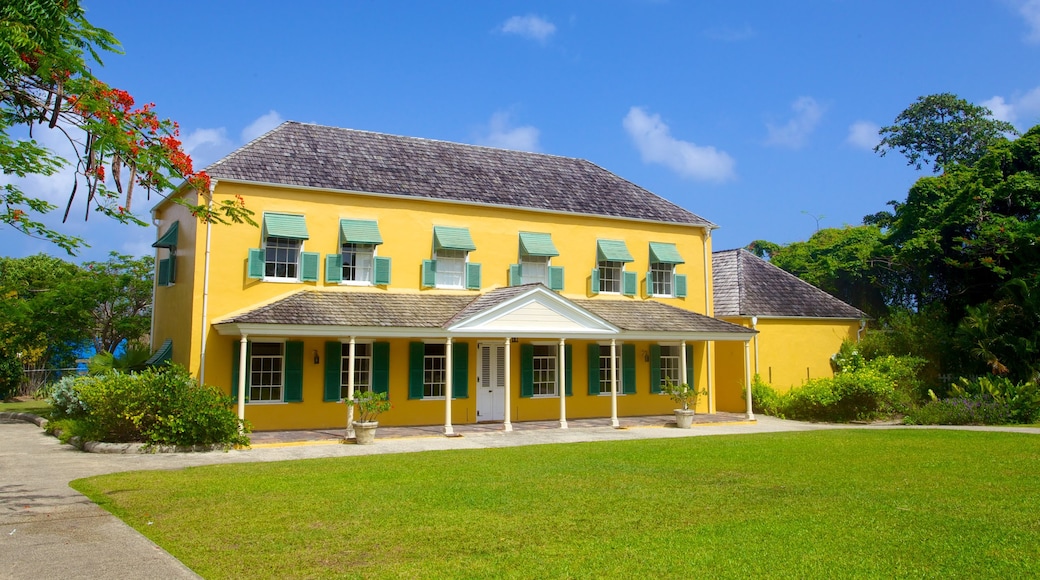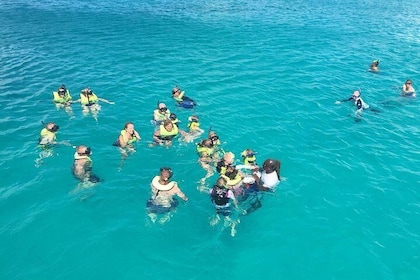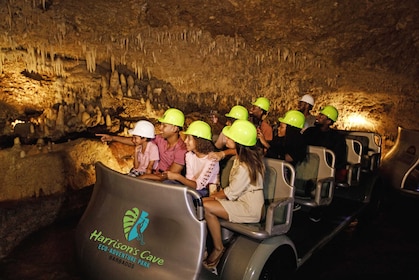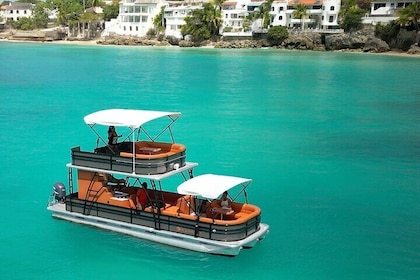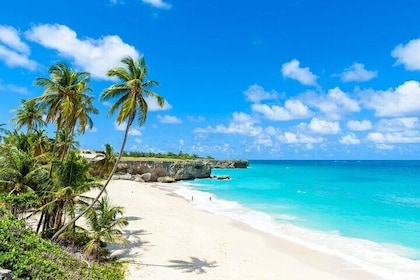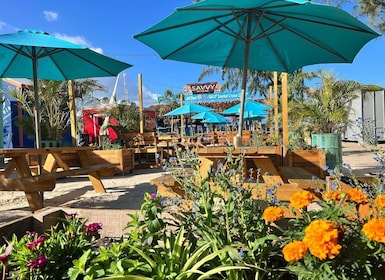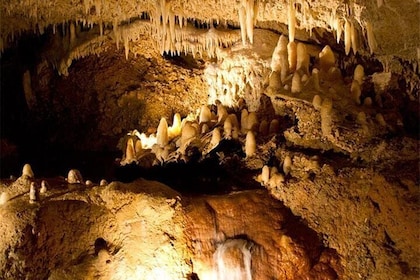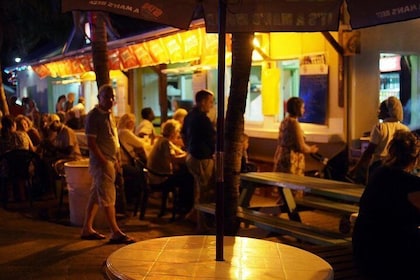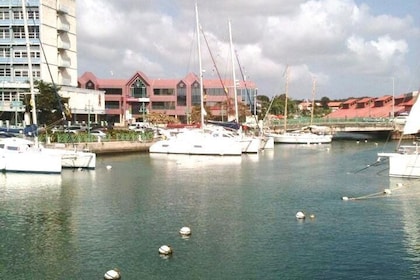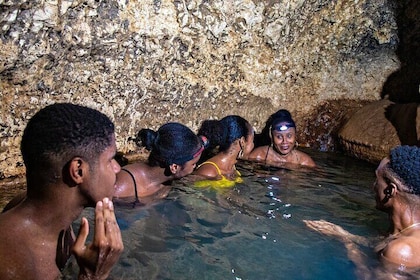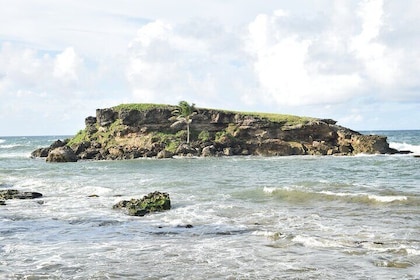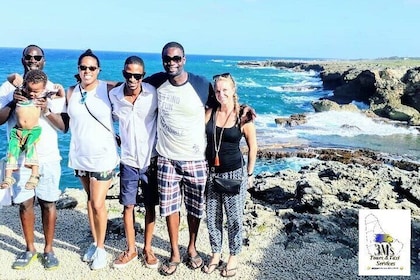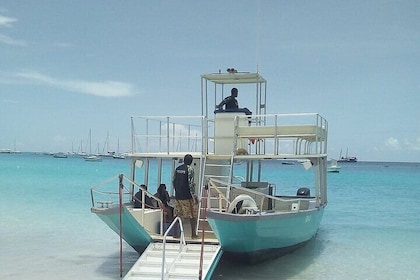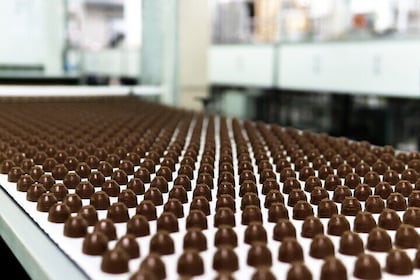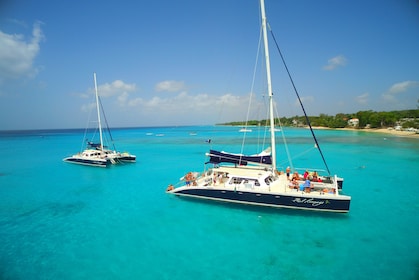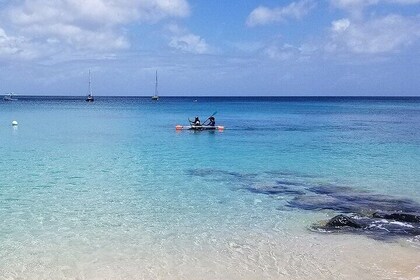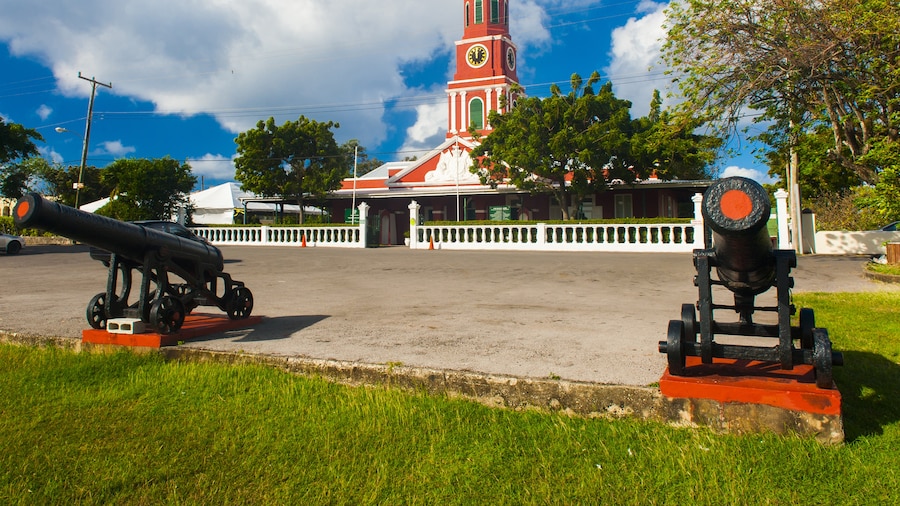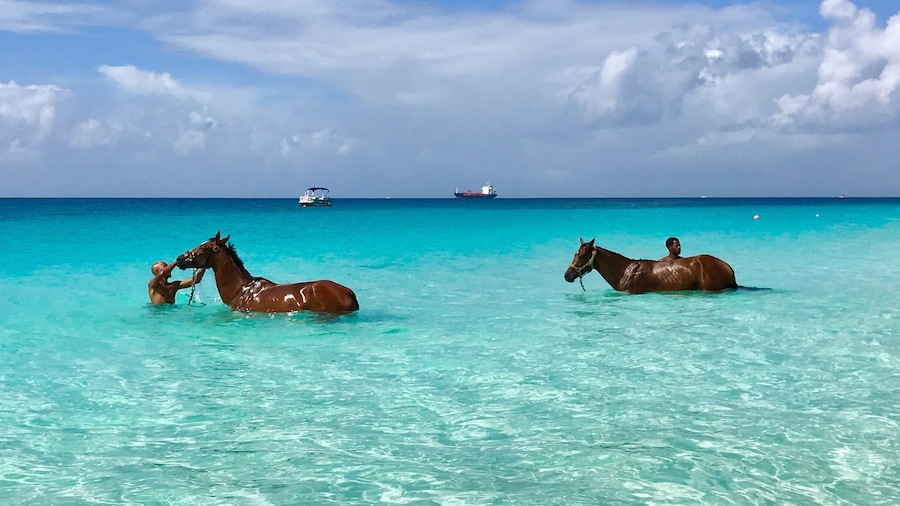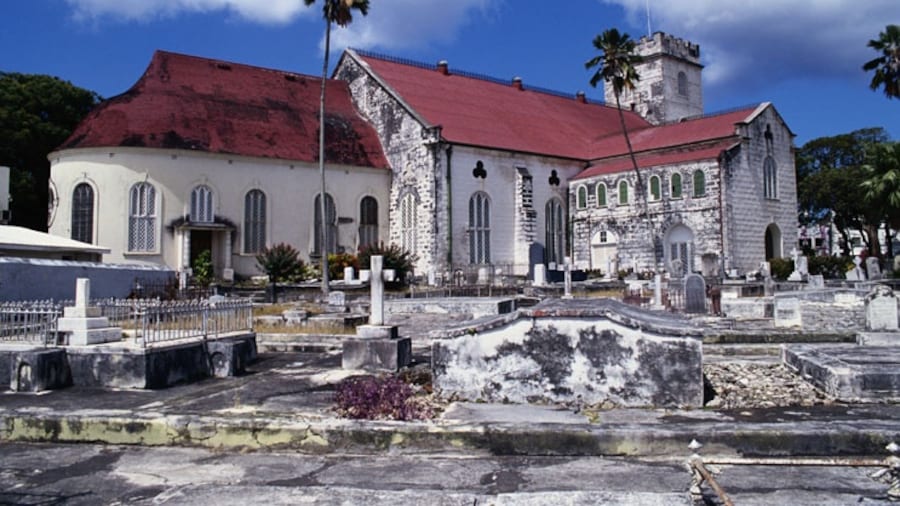Step back in time inside the house where the first American president stayed in Barbados over 250 years ago.
Even 250 years ago, Barbados had a reputation for beauty. In its strategic position among the trade winds, it was known for having a gentle, restorative climate. So it was that Bridgetown ended up being the only city outside the United States to be visited by the young George Washington.Nearly four decades before he became president of the newly formed United States of America, the 19-year-old George Washington and his brother Lawrence visited Barbados in 1751. Desperately seeking a cure for Lawrence’s tuberculosis, they came to Barbados for the sunshine, medical expertise and revitalising sea breezes of the island. Sadly, Lawrence didn’t get better, and further tragedy seemed imminent when George contracted smallpox. Barbadians credit Dr Lanaham, a local medic, with saving the day, curing George, enabling him to go on to be a powerful world leader.For two months, George Washington lived in ‘Bush Hill House’ in Bridgetown, a yellow building with green shutters which is now preserved by the Barbados National Trust. The exhibits inside give a glimpse of life in Barbados centuries ago – as you walk around you can imagine what it was like for George and his brother.On the ground floor, immerse yourself in 18th-century Barbadian life. There’s a face basin and chamber pot – the house had no indoor plumbing of course. An ingenious arrangement of stacked masonry jars show how a simple and effective technology was used to filter and chill water using diffusion and evaporation. There are also dishes and utensils on display in the kitchen, recently recovered when archaeological work was carried out here.Further on inside the house, there is an exhibition of 18th-century medical implements, similar to those used by Dr Lanaham when he treated the Washington brothers. Keep exploring and you’ll also find a small display on the slave history of the island, from farming artefacts and cooking implements, to manacles and other tools representing the darker side of slavery.
